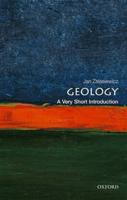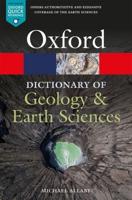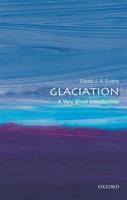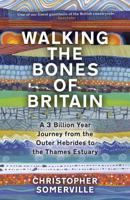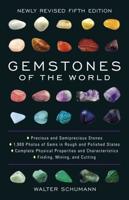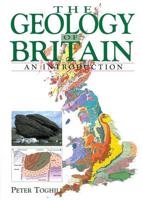Publisher's Synopsis
As a UNESCO World Heritage Site, the Joggins Fossil Cliffs offer an unprecedented glimpse into the Earth's history. Bearing fossils of organisms from the lush, tropical forests that existed in the Coal Age -- when the continents were assembled into one huge land mass or supercontinent, Pangea -- Joggins traces, through layers of sediment, the massive environmental and geologic shifts that have occurred in the planet in the intervening millennia. From fossilized trees that stood thirty metres high to the remains of the earliest known reptile, Hylonomus lyelli, Joggins holds important information about the development of life on Earth -- including offering lessons about human impacts on the environment.
The Cliffs also share a story of human tenacity and rigorous debate on historical theories of evolution. Sir Charles Lyell and Sir William Dawson, two early geologists who studied Joggins extensively, influenced Charles Darwin with their findings of early fossil remains, particularly hollow tree fauna. The extent of their research at the Joggins site remains unparalleled and significant to this day.
The book outlines these stories and more, including Mi'kmaq settlement of the area and the rise of the coal mining industry in the 19th century. It also shares the perspectives of Joggins residents today, and their efforts to preserve this globally significant location and the precious historical information it holds.

